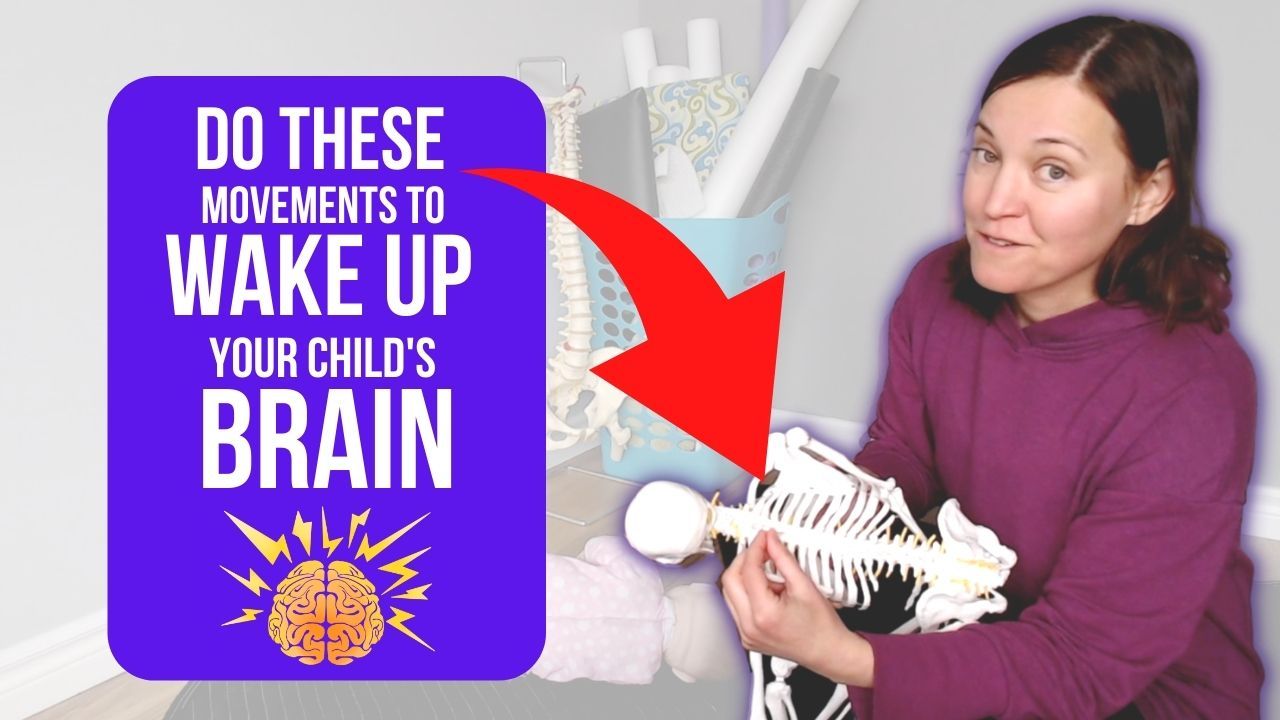
Movements for children recovering from a coma, vegetative state or non-responsive
Apr 03, 2023How to Help a Child in a Non-Responsive State
It can be challenging for parents to see their child in a non-responsive state. Parents can feel helpless and wonder what they can do to help their child. Fortunately, there are things that parents can do to help their child start to wake up to themselves and the world around them.
In a recent video, a member of my MindfullMovement Program asked a great question about how to help their son who is in a non-responsive state. The question was about what movements parents can use to help their child start to wake up to themselves and the world around them. The video walks through several short movements that can be done for children and adults in non-responsive states.
The first and most important thing to remember is to slow down your approach to your child. This is especially important in any daily care activities. Caretakers should approach daily care activities slowly and deliberately. This will allow the child's nervous system to feel safe and to move out of protective mode and into engage with the world mode.
Most children in non-responsive states have no natural way to defend themselves, so their brain is not in a learning state. They are not in an exploratory state, and their brain is focused on safety first. Therefore, it's crucial to make them feel safe and to shine a spotlight on different areas of their body to help them learn and connect to the world.
If you have to move your child to prevent bedsores or any other reason, think of your approach as a golden opportunity to connect with their nervous system. Take it as an opportunity to teach them that their nervous system is safe in your hands. Let them know that there's an opportunity to learn something new, and create a space for them to have an opening for their brain to come out of the protective mode and engage with the world.
To illustrate how to approach daily care activities, the video shows an example of turning over a child. The caregiver talks gently to the child, letting them know what's happening, and telling them they are safe. They use slow, gentle movements to turn the child over, making sure they feel comfortable and safe throughout the process.
The key takeaway is that slowing down your approach and making your child feel safe is essential in any daily care activities. These small changes can make a significant difference in helping your child move out of a non-responsive state and start to connect with the world around them.
This is Part 1 of a 6 part series of gentle movements you can do at home with your child, to wake up their brains.
Part 2: Brain Mapping the Head
Part 3: How to Touch to Wake up the Eyes and Mouth
Part 4: How to Brain Map using their own Hands
Part 5: Waking up the Spine
Part 6: Waking up the Breath
Parts 2-6 can be found inside the MindfullMovement Program here.
Discover the power of gentle movements designed to access the potential of the brain. I'm Jen Stewart, an Anat Baniel Method® Practitioner, and I teach exercises as gentle and respectful as your parenting style, to help your child with developmental delays reach their next milestone.

